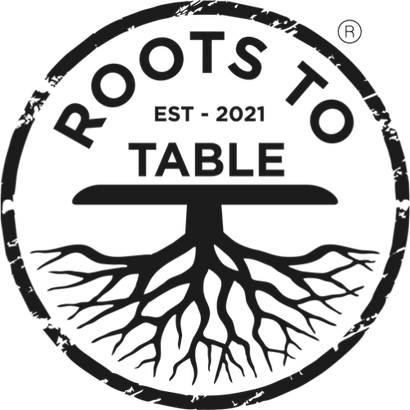Add description, images, menus and links to your mega menu
A column with no settings can be used as a spacer
Link to your collections, sales and even external links
Add up to five columns
Add description, images, menus and links to your mega menu
A column with no settings can be used as a spacer
Link to your collections, sales and even external links
Add up to five columns

The Psychology of Puzzles: Why Our Brains Love Solving Them
February 11, 2025 2 min read
The Psychology of Puzzles: Why Our Brains Love Solving Them
There’s something deeply satisfying about solving a puzzle.
Whether it’s a thousand-piece jigsaw spread across the dining table, a brain-teasing riddle, or even finding the best way to organize a cluttered garage, our brains crave the challenge.
But have you ever wondered why puzzles are so rewarding?

The Brain’s Reward System
When we solve a puzzle, our brains release dopamine, the neurotransmitter responsible for motivation, learning, and pleasure.
This is why completing even a simple jigsaw or fitting the last piece into place gives us that little rush of accomplishment.
It’s the same reason why some people can’t stop playing Tetris or Sudoku—our brains love the feeling of progress and completion.
Puzzles Help Us Focus in a Distracted World
With constant notifications, emails, and digital distractions, it’s harder than ever to focus.
But puzzles force us to slow down, engage in deep thinking, and enter a state of flow—where time seems to disappear, and we’re completely immersed in the task at hand.
Studies have even shown that puzzles can help improve memory, reduce stress, and sharpen problem-solving skills.
No wonder they’ve been a favorite pastime for centuries!
The Social Side of Puzzles

While many think of puzzles as a solo activity, they’ve always had a social component. Sitting around a table piecing together a puzzle or tackling a brain teaser with friends fosters connection and teamwork.
Even something as simple as playing with an interactive set of puzzle-shaped coasters can spark conversation and laughter.
(And yes, we might know of some beautifully crafted jigsaw puzzle coasters that are perfect for bringing a little bit of this puzzle magic to your coffee table. 😉 Check them out here.)
The Takeaway
Puzzles aren’t just entertainment—they’re a way to challenge the mind, improve focus, and connect with others.
Whether you’re solving a mystery, fitting together a jigsaw, or even just enjoying the clever design of a puzzle-inspired object in your home, you’re giving your brain a workout it loves.
What’s your favorite type of puzzle? Drop a comment below!


